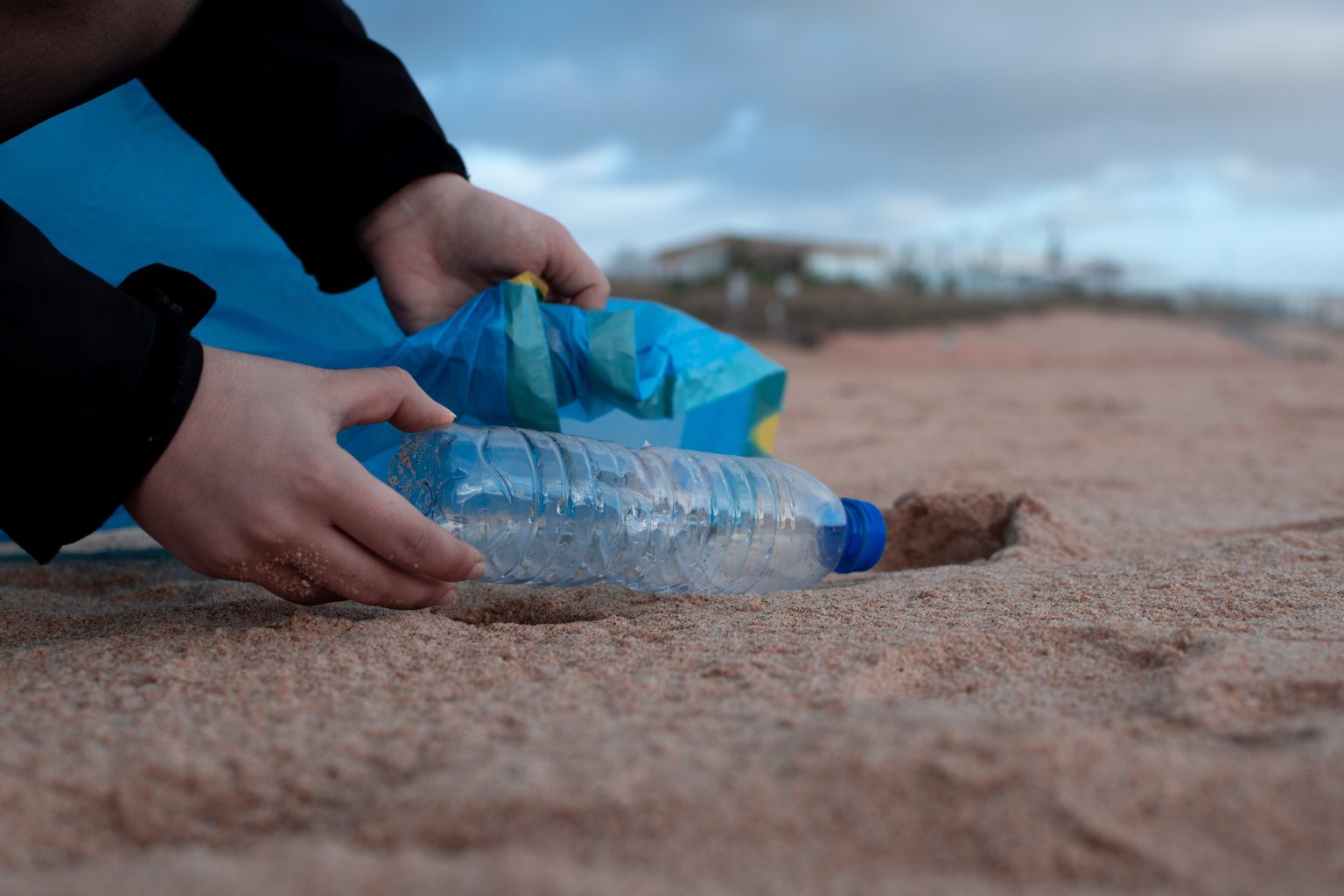The travel industry is one of the largest contributors to waste globally, with the United Nations Environmental Programme (UNEP) estimating that around 1.3 billion tonnes of waste is produced by tourists alone. With the global industry forecast to hit a staggering estimate of around £770 billion in revenue, an emphasis needs to be placed on businesses to reduce the amount of waste produced to prevent long-lasting damage to the environment.
Scott Hawthorne, Founding Director at Skips & Bins, a leading supplier of 240L wheelie bins, has provided some advice on how best to reduce the waste your company may generate. Even the smallest changes could contribute to improving waste production within the industry.
Investing in recyclable materials and packaging
There is a direct correlation between the amount of plastic packaging used in the tourism industry and environmental damage. This can be seen through statistics from the UN finding that with 80% of tourists visiting coastal locations, eight million tonnes of plastic enter the ocean every year. Additionally, fly tipping statistics in the UK reveal a pressing issue, with over a million incidents of illegal waste dumping recorded annually, further exacerbating the problem of pollution. These statistics underscore the urgent need for the tourism industry to adopt more sustainable practices and contribute to a cleaner environment.
Every business involved in the travel industry has a responsibility to reduce the packaging waste that is produced, as it extends from airlines and hotels to restaurants and tour operators. It’s not just packaging either, but things like plastic cutlery and single-use water bottles are also a massive concern for sustainability, with the UK government including it in its one-use plastic ban.
Reusable options for things like utensils and packaging have taken considerable steps in recent years with a focus on being more eco-conscious. These are made using easily recyclable or biodegradable materials like wood, making a huge difference when disposed of. Travel agents and advisors could also encourage tourists to bring reusable water bottles on their trip to curb the need for single-use plastics.
Minimising food waste
Food waste is a huge focus across various sectors, as it’s estimated that one-third of all food produced globally ends up being thrown away. Travel and tourism contributes significantly to the food waste produced, with around 40% of wasted food coming from the industry alone.
One way that business owners can minimise the amount of food that goes to waste is by taking stock of how much waste is generated on average and building out a strategy to better manage food production for efficiency. This could be done by analysing your portion sizes, storing your food to prevent expiration, and planning your menu to optimise the available ingredients.
Another option is to work with local communities and charities to put any extra food that may be going to waste to good use. Giving back to those in need doesn’t just help your business’ image; you could help feed those in need of a good meal and do your part to help the neighbourhood.
Energy and water – two major sustainability concerns
The cost of utilities is a major global concern, with prices rising around the world both from a domestic and commercial perspective. Energy and water are two utilities that the travel industry sees large amounts of waste produced, and with costs being at an all-time high, it’s important to save as much as possible.
Reducing energy consumption is something that many businesses can aim to accomplish through simple replacements and changes to existing practices. Many appliances can be easily swapped with energy-saving versions that require less power input to run, LED lighting rather than standard bulbs, and smart HVAC systems. There are more long-term and expensive solutions, such as installing solar panels that can be as efficient as traditional grid energy.
Hotels, resorts, and other accommodations can take on water-saving measures. Low-flow showerheads and toilets can be installed in rooms and at other washroom facilities around your location, and they can reduce water consumption by up to 50%. You can also include promotional information encouraging water-saving measures so visitors can carry these practices into their everyday lives.



